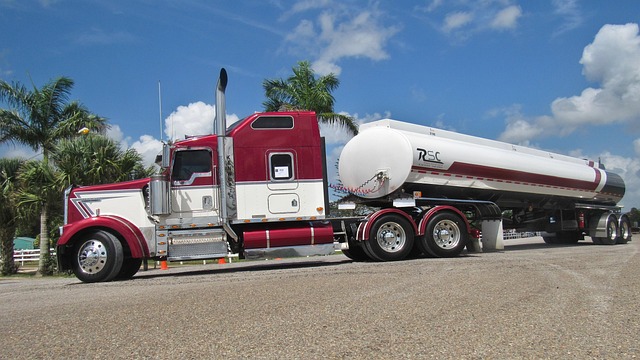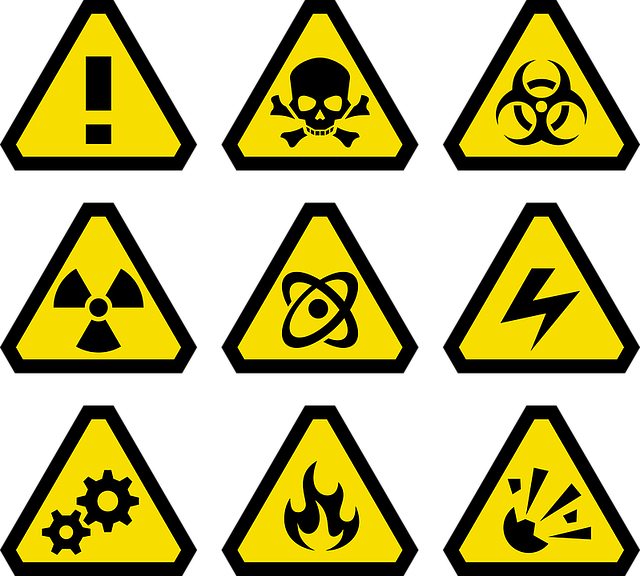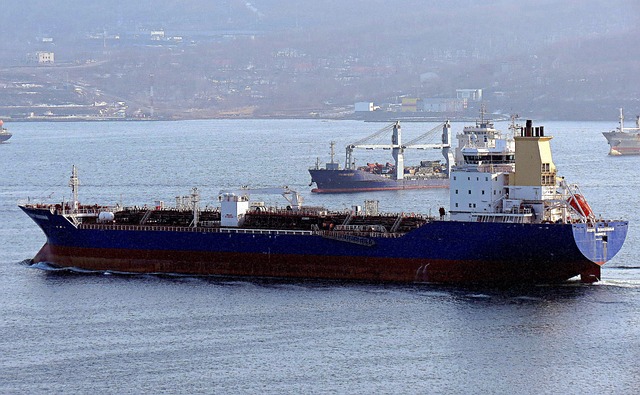Northwest Hazmat offers regional tank rollover training through cutting-edge emergency spill simulators, providing safe, immersive simulations of complex hazardous materials scenarios. These sessions enhance first responder skills, readiness, and coordination in containing spills and mitigating environmental impact. By practicing in a controlled environment, practitioners minimize errors and save lives during actual emergencies. The simulator's versatility, data analytics, and real-world applications make it a game-changer in tank rollover training, fostering a culture of safety awareness throughout the region. Future developments include VR/AR integration for even more immersive training.
“In the realm of hazardous material management, preparation is key to mitigating risks and ensuring swift response during emergencies. Northwest Hazmat introduces an innovative solution: their cutting-edge Emergency Spill Simulator, designed to revolutionize regional tank rollover training. This article explores the critical need for such simulators in enhancing safety protocols. We delve into the features, benefits, and real-world applications of Northwest Hazmat’s simulator, highlighting its impact on local industries through successful case studies. Additionally, we discuss future enhancements, showcasing the ongoing evolution of tank rollover training.”
- Understanding Regional Tank Rollover Training: A Northwest Hazmat Perspective
- The Need for Emergency Spill Simulators in Hazardous Material Management
- Features and Benefits of Northwest Hazmat's Emergency Spill Simulator
- How the Simulator Prepares Teams for Real-World Tank Rollover Scenarios
- Case Studies: Successful Rollout and Impact on Local Industries
- Future Enhancements and the Evolution of Tank Rollover Training
Understanding Regional Tank Rollover Training: A Northwest Hazmat Perspective

At Northwest Hazmat, we recognize that regional tank rollover training is an indispensable component in preparing emergency responders for real-world scenarios. These simulations are designed to mimic complex situations involving hazardous materials, offering a safe environment to refine skills and enhance readiness. Our approach focuses on immersive experiences, leveraging cutting-edge technology to create dynamic and challenging conditions.
Through these training sessions, first responders gain invaluable insights into the unique challenges posed by various tank types and terrains. By navigating through our meticulously crafted scenarios, they learn to adapt their strategies, ensuring effective containment and mitigation of potential spills. The regional tank rollover training at Northwest Hazmat is a testament to our commitment to keeping communities safe and fostering a culture of preparedness among emergency service professionals.
The Need for Emergency Spill Simulators in Hazardous Material Management

In the dynamic field of hazardous material management, preparation is key to mitigating risks and ensuring safety. This is where emergency spill simulators like those offered by Northwest Hazmat come into play. These specialized tools are designed to replicate various scenarios, from small leaks to catastrophic tank rollovers, providing crucial regional tank rollover training for first responders, emergency teams, and industry professionals.
By simulating real-world conditions, these simulators enable practitioners to hone their skills in containing spills, deploying containment equipment, and coordinating response efforts efficiently. Such training is not just beneficial; it’s essential, as it prepares them to handle incidents that could have severe environmental and human impact. The ability to practice these scenarios in a controlled environment enhances readiness, reduces the risk of errors during actual emergencies, and ultimately saves lives and protects communities.
Features and Benefits of Northwest Hazmat's Emergency Spill Simulator
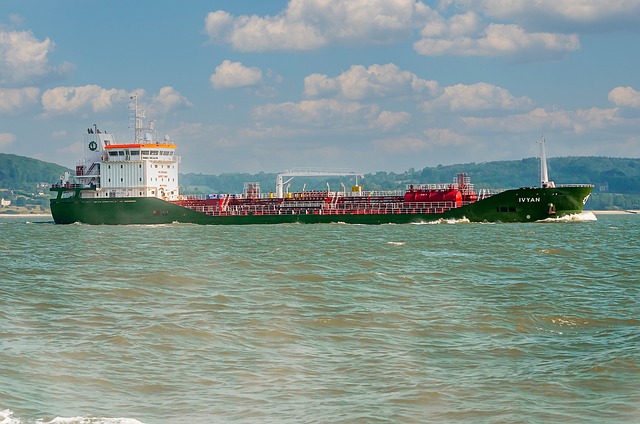
Northwest Hazmat’s Emergency Spill Simulator offers a cutting-edge solution for training and preparedness in hazardous material handling. This state-of-the-art technology provides an immersive, realistic simulation environment to prepare first responders for various emergency scenarios, including regional tank rollover incidents. The simulator allows trainees to experience the challenges of spill containment, safety protocols, and damage control without putting themselves or the public at risk.
One of the key benefits is its versatility; the system can replicate different types of hazardous materials and tank configurations, ensuring comprehensive training for a wide range of emergency responses. This immersive training enhances critical decision-making skills and coordination among team members. Additionally, the simulator’s data analytics provide valuable insights into performance, enabling instructors to tailor training programs and identify areas for improvement. By combining advanced technology with practical applications, Northwest Hazmat’s Emergency Spill Simulator prepares responders to handle real-world crises more effectively.
How the Simulator Prepares Teams for Real-World Tank Rollover Scenarios
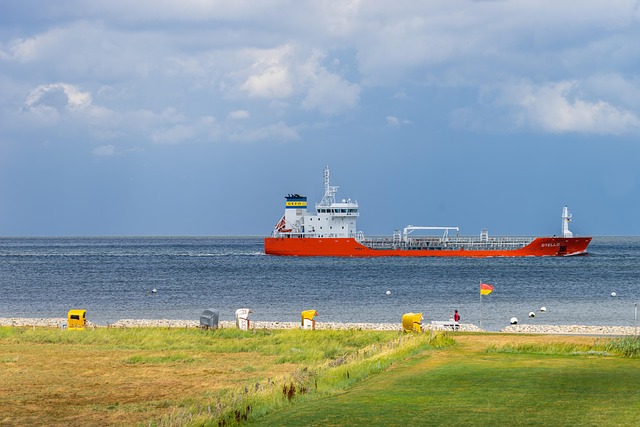
The emergency spill simulator from Northwest Hazmat serves as a powerful tool, offering specialized regional tank rollover training to ensure first responder teams are prepared for real-world scenarios. This innovative technology recreates the conditions of a tank rollover incident, allowing trainees to experience the challenges and nuances of such emergencies firsthand. Through realistic simulations, teams gain practical skills in containment, spill response, and evacuation procedures, crucial for minimizing risks and mitigating potential environmental damage.
The simulator’s ability to replicate various rollover scenarios enables comprehensive training, addressing different types of tanks, fluids, and potential hazards. This immersive experience fosters a deeper understanding of the complexities involved in tank rollover incidents, preparing teams to act swiftly and effectively when facing such emergencies in their communities.
Case Studies: Successful Rollout and Impact on Local Industries
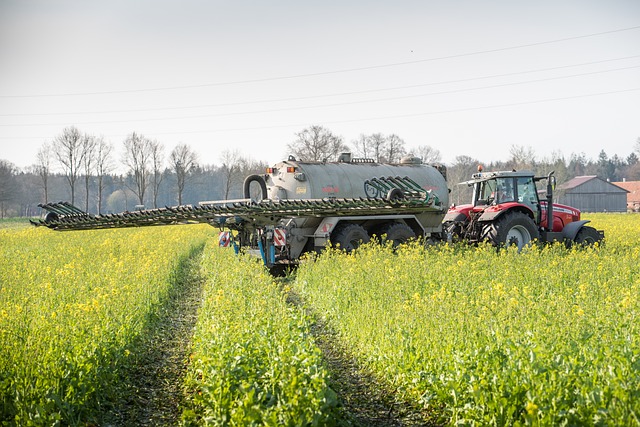
Northwest Hazmat’s emergency spill simulator has proven invaluable in various case studies, demonstrating its success in regional tank rollover training. These simulations have been instrumental for local industries, offering a safe and controlled environment to prepare for potential disasters. By emulating real-world scenarios, companies can enhance their response capabilities and minimize environmental impact during accidents involving hazardous materials.
The simulator’s effectiveness is evident in several instances where collaborative efforts between local businesses and emergency services resulted in swift and efficient containment procedures. This training has not only boosted the readiness of industrial sectors but also fostered a culture of safety awareness throughout the region, ensuring that communities and workers are better equipped to handle critical situations involving tank rollovers and potential spills.
Future Enhancements and the Evolution of Tank Rollover Training

As technology advances, so do the needs and methods of emergency response training. The evolution of tank rollover simulations, such as Northwest Hazmat’s emergency spill simulator, paves the way for more realistic and effective regional tank rollover training. Future enhancements may include incorporating advanced virtual reality (VR) and augmented reality (AR) technologies to create immersive, 360-degree scenarios that replicate real-world conditions. This allows trainees to experience a wide range of challenging situations without the risks associated with live demonstrations.
Additionally, integration of data analytics can provide detailed performance feedback, enabling instructors to tailor training programs to individual needs and identify areas for improvement. The continuous refinement of these simulations ensures that emergency responders are equipped with the most up-to-date skills and knowledge, fostering a culture of readiness and preparedness in the face of potential tank rollover incidents across diverse regional landscapes.

